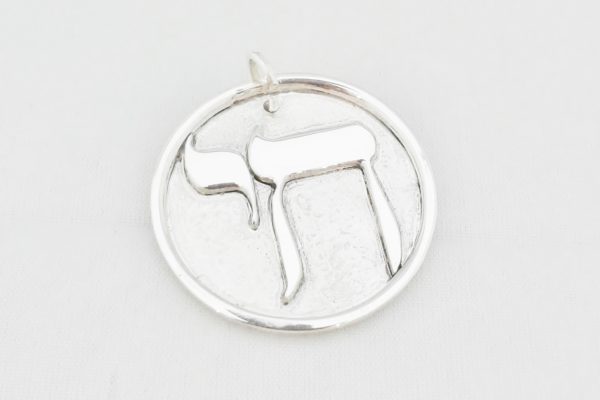What is silver?
For centuries we have been under the spell of silver. But why? Silver is a soft, white, natural material first discovered in Greek silver mines. Today, this particular precious metal is mined primarily in mines in Canada, the United States, South/America and Australia. Unlike gold, silver is rarely found in its pure state in nature. It is usually mined in compound with non-precious metals such as lead and copper. This mixture is processed to separate the pure silver from the other metals. This used to be a very complicated and laborious process, resulting in silver being more precious than gold in some cultures at that time!
Silver is a durable material that virtually does not decay or rust. Although silver is lighter and harder than gold, it is highly workable. It is partly for this reason that we have been captivated by silver for centuries. That is why it is the material of choice for making art and utensils. And of jewelry, of course.
Quality of silver
Pure silver is naturally too soft to be processed into a piece of jewelry or utensil. It wears or bends quickly, making it unusable. To make the silver harder, other metals such as copper are mixed in. This creates the so-called silver alloys. The amount of pure silver present in an alloy determines the silver content of a piece of jewelry and is expressed in thousandths.
Hallmarks as proof of quality
In the Netherlands, hallmarks have been applied to gold, silver and platinum objects for more than six centuries. These hallmarks are one of the oldest forms of consumer protection. Consumer protection is even enshrined in law in the Waarborgwet 1986. This guarantees that an object, bearing legally established hallmarks, contains the correct content of platinum, gold or silver. Every silver object traded in the Netherlands must bear a legal hallmark. Based on the Waarborgwet, we have three accepted silver alloys in the Netherlands: 1st grade silver (925 thousandths), 2nd grade silver (835 thousandths silver) and 3rd grade silver (800 thousandths).
Maintenance of your silver jewelry and utensils
Silver jewelry will remain beautiful if it is gently brushed clean occasionally in a lather of mild green soap or dish soap. Use a soft toothbrush for this purpose. Then rinse the jewelry with lukewarm water and dry it carefully with a wool cloth or microfiber cloth. Silver also snaps up from a soak of water with ammonia or lemon juice. Be careful with pearls; some jewelry is best cleaned by the jeweler or silversmith. If the jewelry is very dirty or black, it is best to have it polished.
Source: Federation of Gold and Silver

